Isfahan City Center Mall Live Cam
It is the second largest shopping mall after Iran Mall in Iran
Isfahan Citycenter
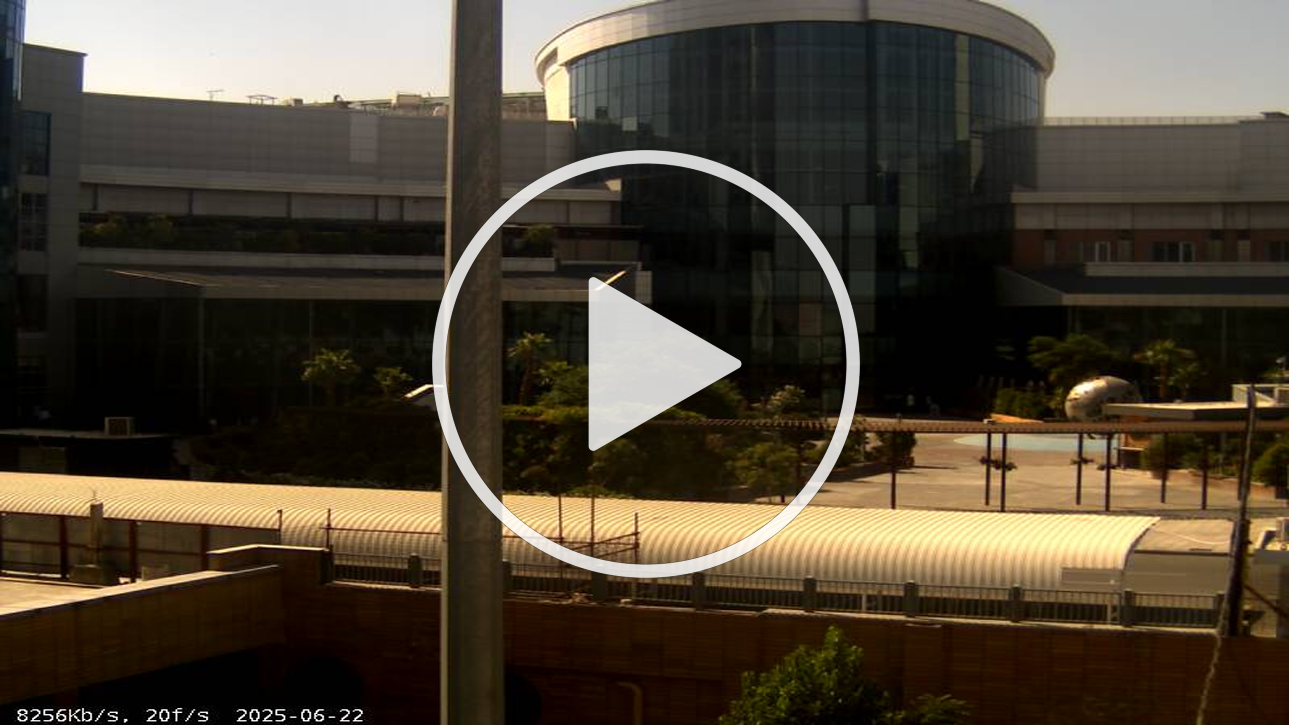
Isfahan Citycenter
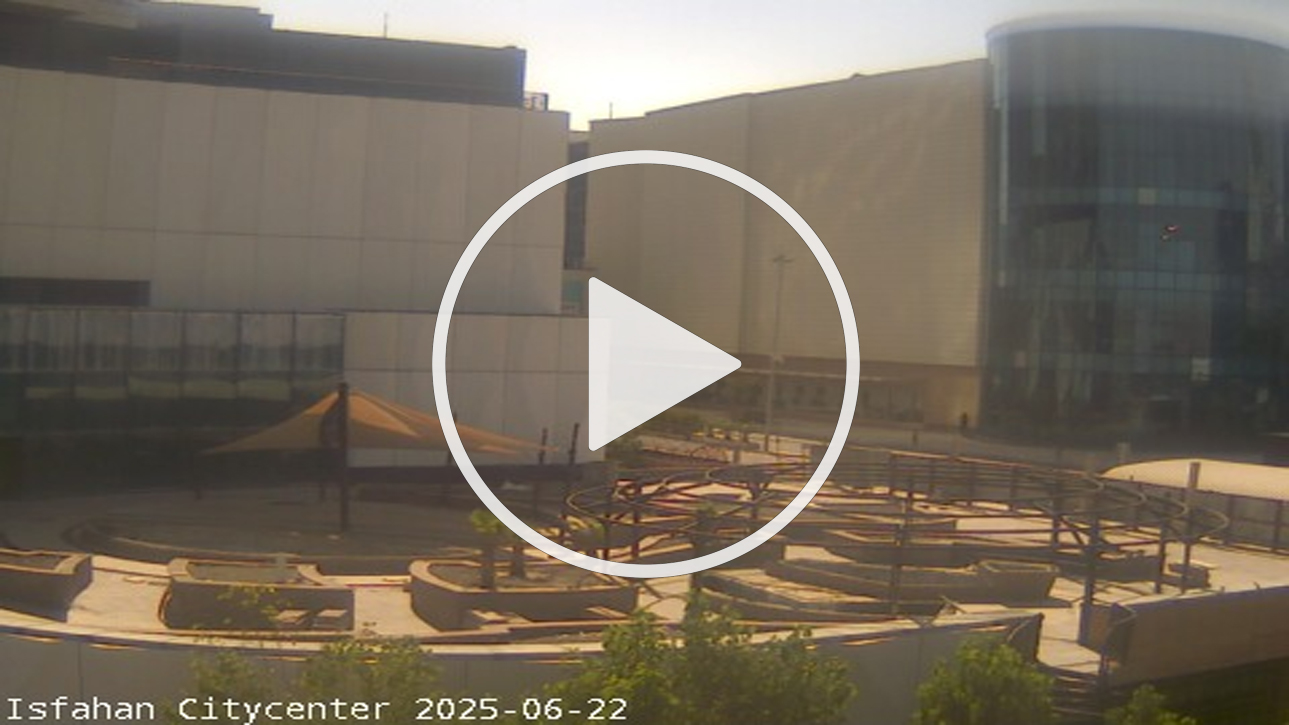
Isfahan Citycenter
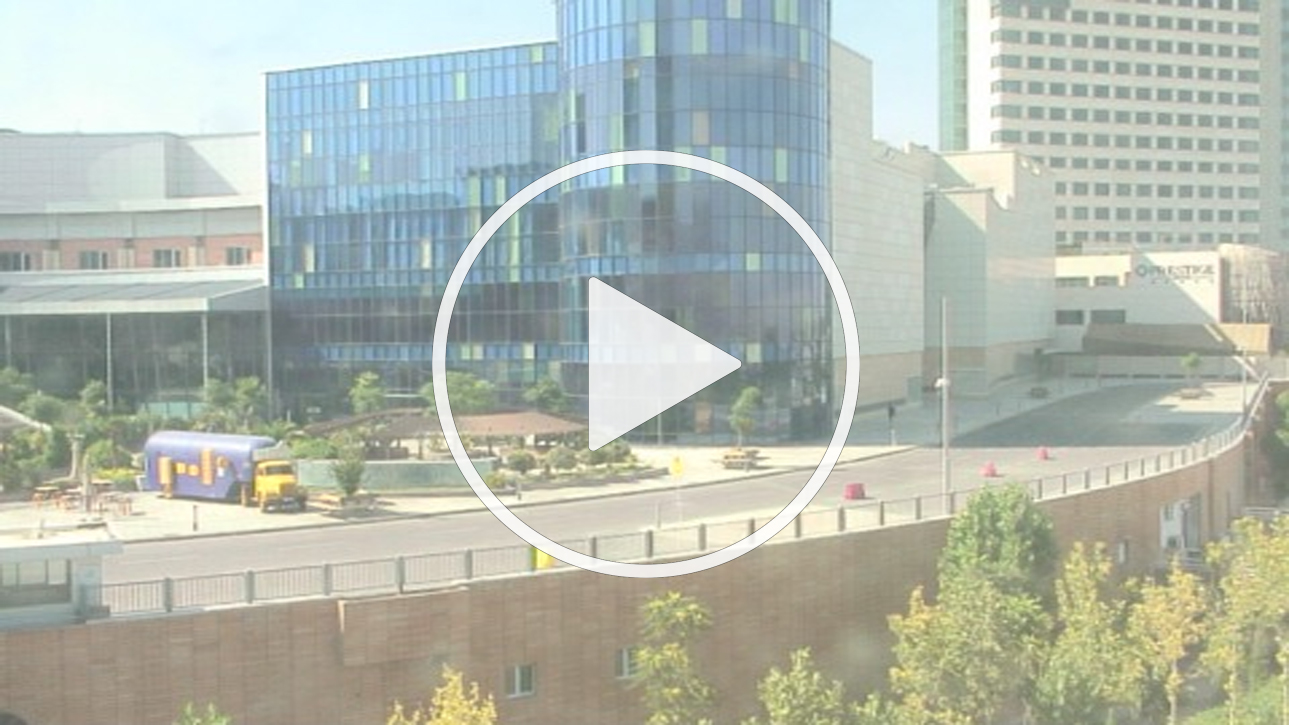
Isfahan Financial Center (IFC)
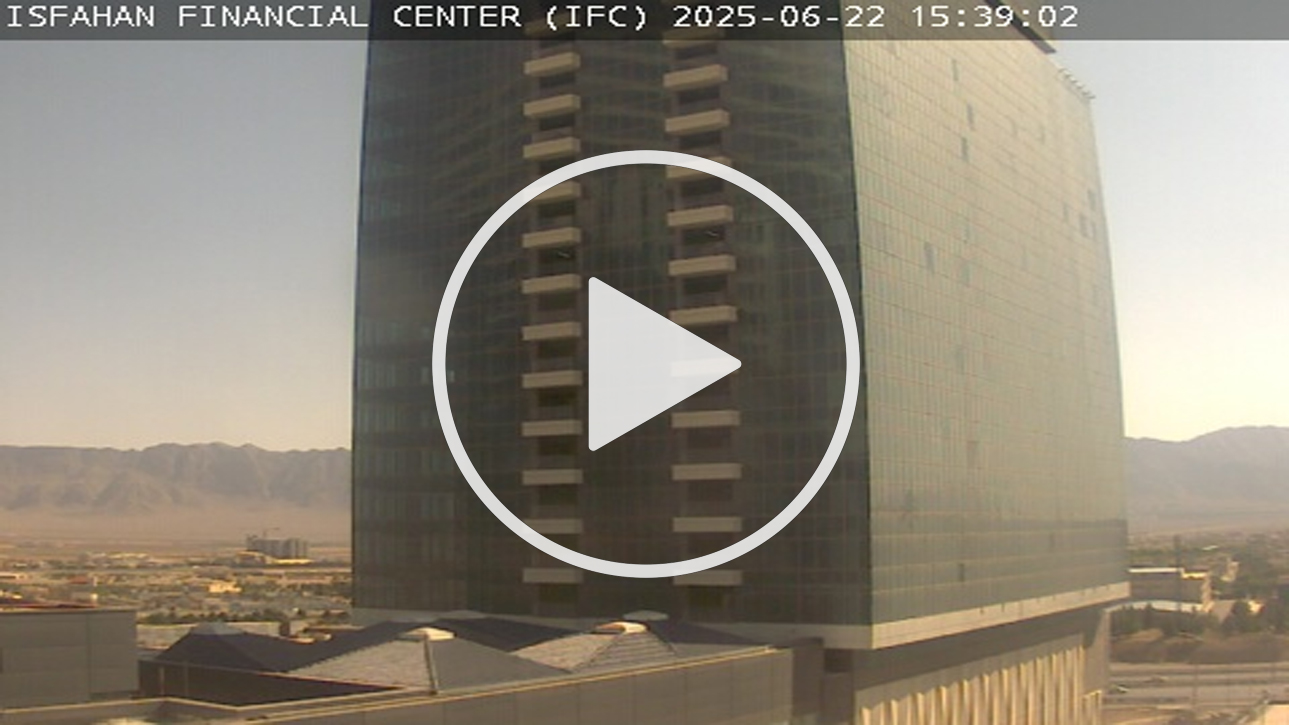
Isfahan Financial Center (IFC)
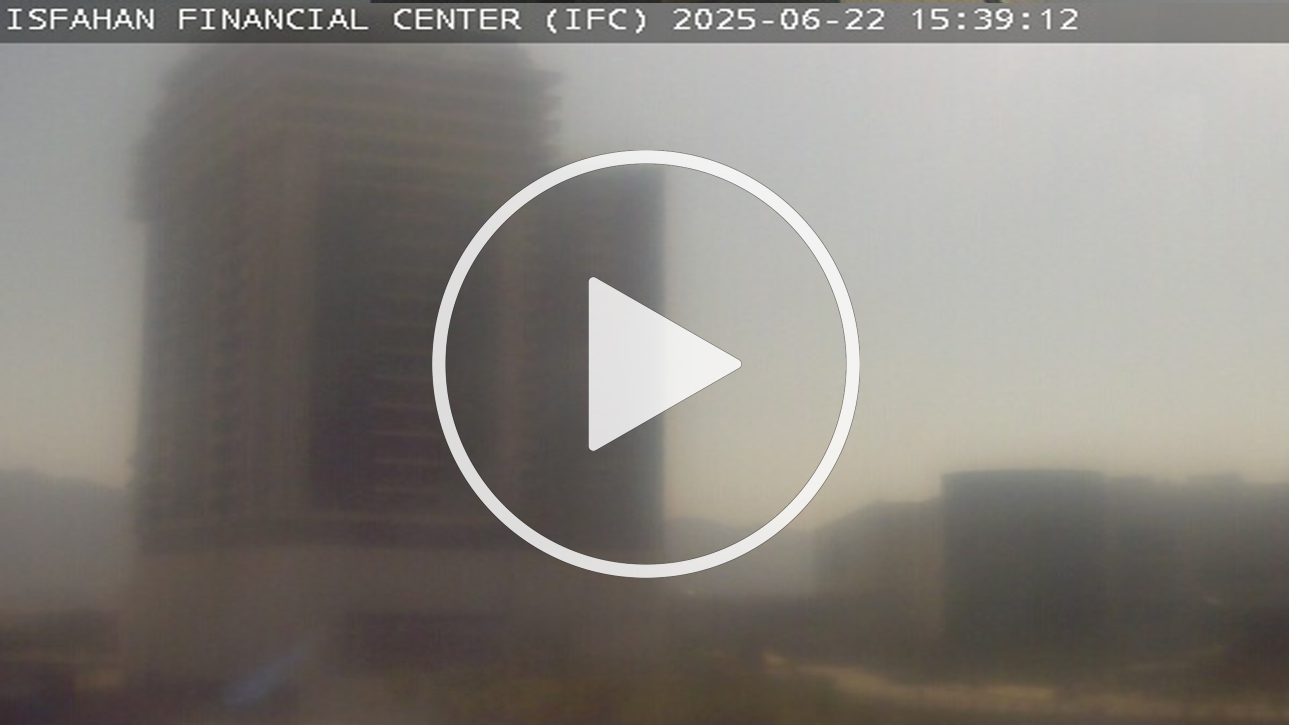
History
The story of Isfahan unfolds across millennia, each era painting new strokes upon its architectural canvas. Once whispered in ancient texts and celebrated by travelers along the Silk Road, Isfahan has borne witness to the rise and fall of empires, transforming from a modest regional settlement into a gleaming jewel of Persian civilization. Wandering through its winding alleys and grand squares, one can sense echoes of Sassanian bazaars, the fervor of Seljuk patronage, and the grandeur of Safavid ambitions. As a travel guide steeped in local history, one cannot help but marvel at how successive rulers envisioned Isfahan not merely as a political center but as a living testament to art, faith, and innovation.
The city’s prominence began to take shape during the early Islamic period, yet its deeper roots trace to pre-Islamic times when the plateau of central Iran was dotted with small settlements. Under the Abbasids, Isfahan carved out a reputation as a cultural crossroads, its artisans crafting textiles, metalwork, and ceramics that found markets far beyond the Zagros foothills. Over time, the city’s fortunes ebbed and flowed with the tides of regional politics: invasions, dynastic shifts, and the occasional period of relative peace and prosperity.
It was, however, under the Seljuk dynasty, in the 11th and 12th centuries, that Isfahan began to truly flourish as a capital. The Seljuks chose it as their seat of power, spurring an explosion of mosque-building, caravanserai construction, and urban planning. The Great Mosque of Isfahan (Masjid-e Jameh), with its layered architectural evolution, stands as a testament to this era: each portal and courtyard revealing successive interventions, a living chronicle in brick and tile. Walking through its shaded arcades, one feels the resonance of Friday prayers that carried across the centuries, a continuity that binds modern visitors to worshippers of a thousand years ago.
Fast-forward to the crown jewel of Isfahan’s history: the Safavid period in the 16th and 17th centuries. Shah Abbas I relocated the capital from Qazvin to Isfahan, envisioning a city that would rival the greatest capitals of the world. The result was a grand urban masterpiece: wide avenues lined with cypress trees, elegant bridges spanning the life-giving Zayanderud River, and the spectacular Naqsh-e Jahan Square, a vast expanse framed by the Shah Mosque, Sheikh Lotfollah Mosque, Ali Qapu Palace, and the bustling bazaar. Each element combined political symbolism with aesthetic harmony—domes cloaked in turquoise tiles, slender minarets reaching skyward, and intricate calligraphy inviting contemplation.
Beyond monumental buildings, the Safavid era nurtured artistic and intellectual life. Workshops produced exquisite textiles and miniature paintings; poets and scholars gathered in salons; craftsmen perfected techniques in metalwork and enamel. The ripple effect shaped Isfahan’s character: a sense that beauty and utility could intertwine, that public spaces should invite both commerce and reflection. Touring these historic quarters today, one senses not only the grandeur but also the human stories: merchants haggling in shadowed stalls, pilgrims pausing to admire tilework, children chasing pigeons across the plaza. In the evening, as the last light gilds domes and arches, it becomes clear how these spaces were designed to inspire wonder and community.
The subsequent centuries brought challenges: Afghan invasions, periods of decline, and shifting trade routes. Yet Isfahan’s essence endured, carried by its inhabitants’ devotion to tradition and adaptability in the face of change. Qajar and Pahlavi influences introduced modern amenities and new architectural layers, but often in dialogue with the city’s historic fabric rather than erasing it. Today, one can glimpse this layering in side streets where a 19th-century merchant’s mansion sits alongside a traditional caravanserai, the two connected by narrow passageways that have guided visitors for generations.
As you explore Isfahan, imagine generations of pilgrims and traders who traversed similar paths, pausing at the same fountains to refresh themselves, pausing at the same tiles to marvel at inscriptions. A knowledgeable guide invites you to uncover hidden inscriptions on minarets, to recognize motifs borrowed from earlier dynasties, and to appreciate how each renovation or restoration has sought to honor the past while accommodating present needs. These stories enrich every stone and mosaic, turning a simple stroll into a journey through time.
Climate
Isfahan’s climate is characterized by its continental, semi-arid nature, shaped by its position on the central Iranian plateau. Summers can feel intense: the sun climbs high, and temperatures often soar, making midday exploration challenging without adequate planning. Yet mornings and evenings can be delightfully cool, offering a window to experience outdoor life before the midday heat sets in. Travelers often adopt a rhythm attuned to this pattern: breakfast at sunrise, visits to shaded courtyards and indoor museums during the hottest hours, then venturing out again as the sun dips and the air softens.
Winters in Isfahan bring a crisp chill, with nights dipping near or below freezing on occasion. Snowfall, while not heavy, dusts the cityscape sometimes, highlighting domes and minarets in a quiet hush. If you visit during winter, layering is key: mornings may demand a warm coat, while afternoons can warm enough for a light jacket. The clear skies that dominate many winter days make for excellent visibility of distant mountains, and the low angle of the sun enhances the warm hues of brickwork, perfect for photography enthusiasts seeking dramatic light and shadow contrasts.
Spring and autumn are often regarded as the most agreeable seasons to visit. In spring, gardens around the city—the famed Chehel Sotoun pavilion gardens, or smaller public parks—burst into bloom, and the flow of the Zayanderud may still carry water from winter snowmelt in the surrounding mountains. This seasonal change breathes life into riverside promenades, where locals and visitors alike stroll beneath blossoming trees. Autumn ushers in cooler breezes and clear skies, inviting exploration of rooftop terraces with panoramic views of domes and minarets against crisp daylight.
Rainfall is generally scarce, concentrated in brief spells, mostly in late winter and early spring. This means that during most of the year, expect sunny days and low humidity—conditions that can be both invigorating and dehydrating. Tour guides recommend carrying water, wearing sun protection, and planning outdoor visits in early or late hours. Indoor attractions, such as museums nested in historical houses or carpet workshops, provide respite from weather extremes. Part of the experience is to sense how local life has adapted: traditional architecture often includes wind-catching elements or thick walls that moderate indoor temperatures, and city dwellers schedule social and commercial activities around climatic rhythms.
Weather patterns also influence cultural events. Certain festivals or cultural gatherings align with seasonal markers: Nowruz celebrations burst forth at the vernal equinox, and autumn may bring harvest-related festivities in outlying villages. By aligning your itinerary with these seasonal occasions, one gains insight into how climate and culture intertwine in everyday life. A guide might suggest timing a visit to coincide with a local bazaar event or a garden festival, ensuring you witness Isfahanites celebrating the turning of seasons in ways passed down through generations.
Geography
Set at an elevation of around 1,600 meters above sea level, Isfahan sits amid the vast Iranian plateau, flanked by mountain ranges that cradle its horizon. The city’s lifeline, the Zayanderud River, once flowed robustly through its heart, historically ensuring irrigation for orchards and gardens that became legendary. While in recent years water levels have fluctuated due to climatic and environmental factors, the river’s course remains integral to understanding Isfahan’s estate patterns, gardens, and the famed historic bridges that span its banks.
The terrain around Isfahan is varied: to the north, rugged mountains rise, offering hiking opportunities and cooler retreats; to the south and east, arid plains expand, dotted with desert vegetation and small villages. This diversity allowed ancient inhabitants to cultivate orchards and fields in river-fed zones while mining and pastoral activities took place in uplands. The city’s layout reflects this relationship: neighborhoods clustered near water sources, with gardens extending outward, creating a patchwork of cultivated land in an otherwise dry region.
Topography also shaped defense and trade: Isfahan’s position was strategic, controlling routes that connected central Iran with the Persian Gulf and Mesopotamian regions. Caravans once arrived bearing silk, spices, and precious metals, while local goods—textiles, ceramics, metalwork—journeyed outward. As a guide, one might trace ancient caravan routes, pointing out remnants of caravanserais and khanqahs where travelers found rest and spiritual solace. Even today, some roads follow these historic arteries, linking Isfahan to other major Iranian cities and offering glimpses of rural life along the way.
Urban geography within Isfahan blends historic cores with modern expansions. The central bazaar district remains a labyrinth of covered alleys, alive with merchants selling carpets, spices, and handicrafts, while newer neighborhoods extend beyond, with tree-lined boulevards and contemporary amenities. Yet the memory of watercourses persists: plazas near bridges once served as communal gathering spots, and many public spaces still border what remains of the riverbed. Guides often illustrate how seasonal floods in the past shaped building techniques: elevated foundations, stepped terraces, and flood channels integrated into gardens, all reminding visitors that water management was central to urban life.
Isfahan’s geography also lends itself to panoramic vistas. From viewpoints atop hills or rooftop terraces in old quarters, one sees a sea of domes and minarets punctuated by the silhouette of nearby mountains. Guides encourage early morning or sunset visits to these vantage points, when the light reveals subtle shifts in hue across tilework and brick. Such perspectives deepen appreciation for how the city integrates with its environment: architectural colors echo desert tones, while gardens provide lush relief against arid backdrops.
Moreover, the proximity of villages and natural attractions around Isfahan invites excursions beyond the urban center. A short drive might lead to traditional villages renowned for handicrafts or to oases where natural springs still bubble. Mountain trails offer hiking or ski experiences in winter months, illustrating how geography offers both cultural immersion and outdoor adventure. By weaving these excursions into the itinerary, a guide crafts a fuller picture: Isfahan is not just a static museum of monuments but a living hub connected to landscapes and communities around it.
Throughout these geographic explorations, one learns how local populations have historically balanced resource use and cultural expression. Water-wise techniques in garden design, use of local materials for building, and communal practices for managing scarce resources all speak to a deep-seated respect for the land. As a traveler, engaging with villagers or artisans reveals how these traditions persist: perhaps through communal irrigation cooperatives or craftsmanship that sources materials sustainably. Such encounters enrich understanding of Isfahan’s identity as rooted in place and sustained by human ingenuity.
Tip: When planning your visit, consider timing a riverside walk during early morning hours when the air is cool and the bridges reflect softly in calmer waters; pack a light scarf or shawl that can double as sun protection in summer and a light wrap in chilly evenings, and don’t forget to visit a traditional teahouse along the riverbank to savor local flavors while observing daily life unfold.
Interesting Fact: In Isfahan, the design of some historic gardens incorporates a symbolic “fourfold” layout reflecting ancient Persian concepts of the universe, with channels meant to represent the four rivers of paradise; this reflects how geography, cosmology, and artistry interweave in the city’s green spaces.